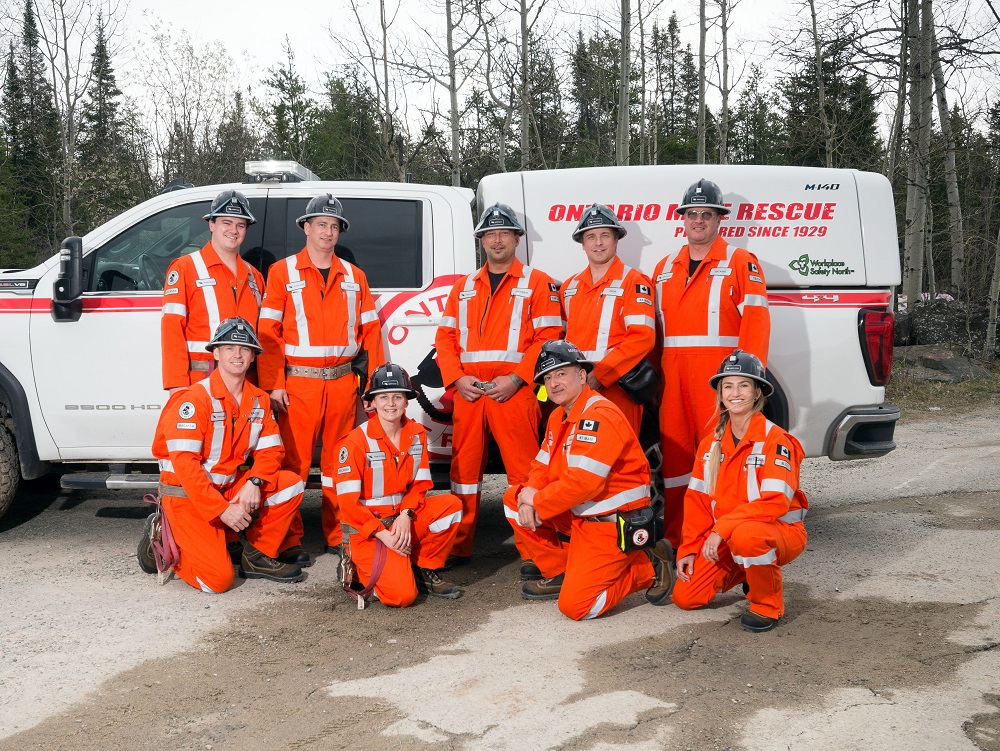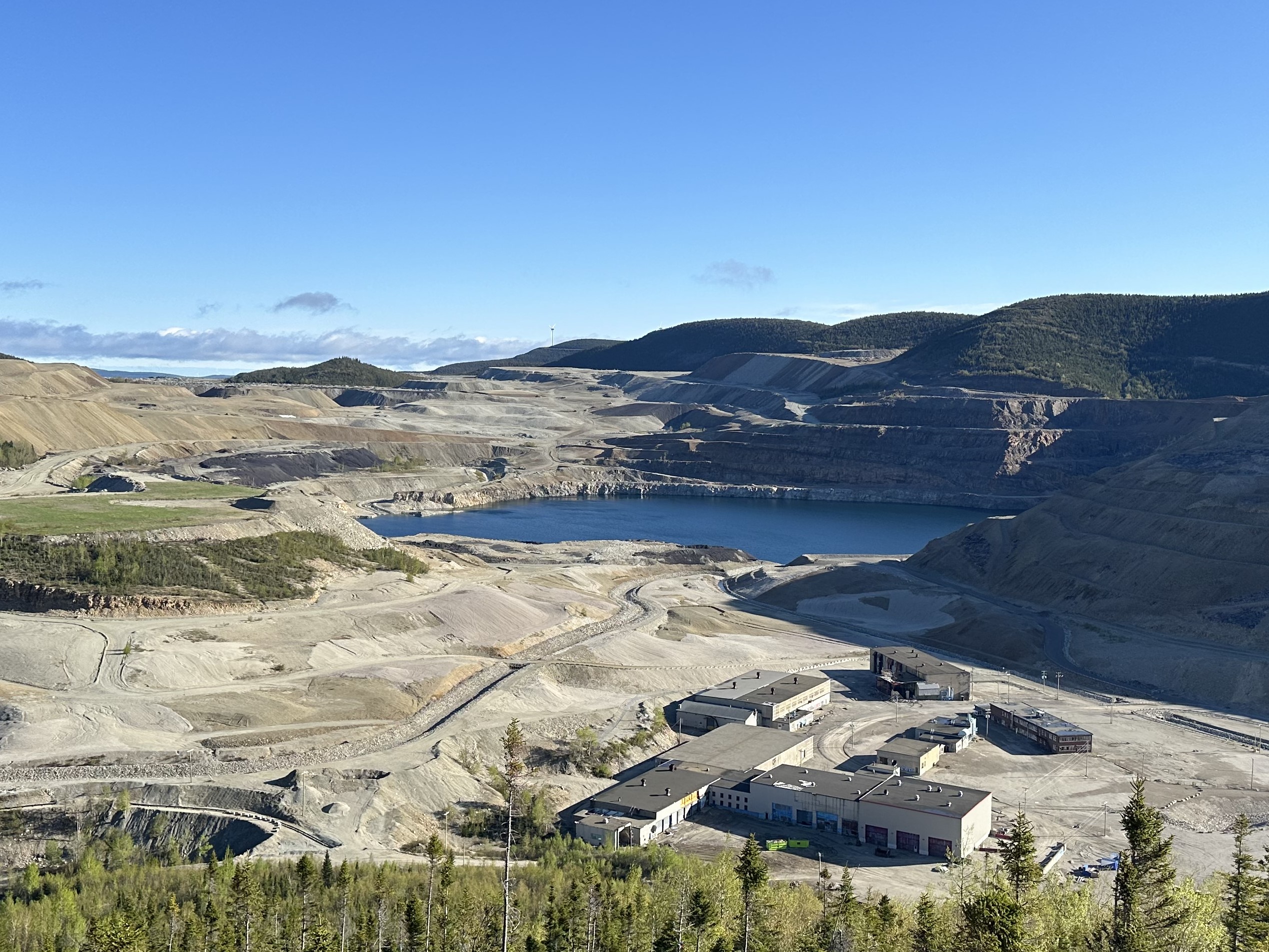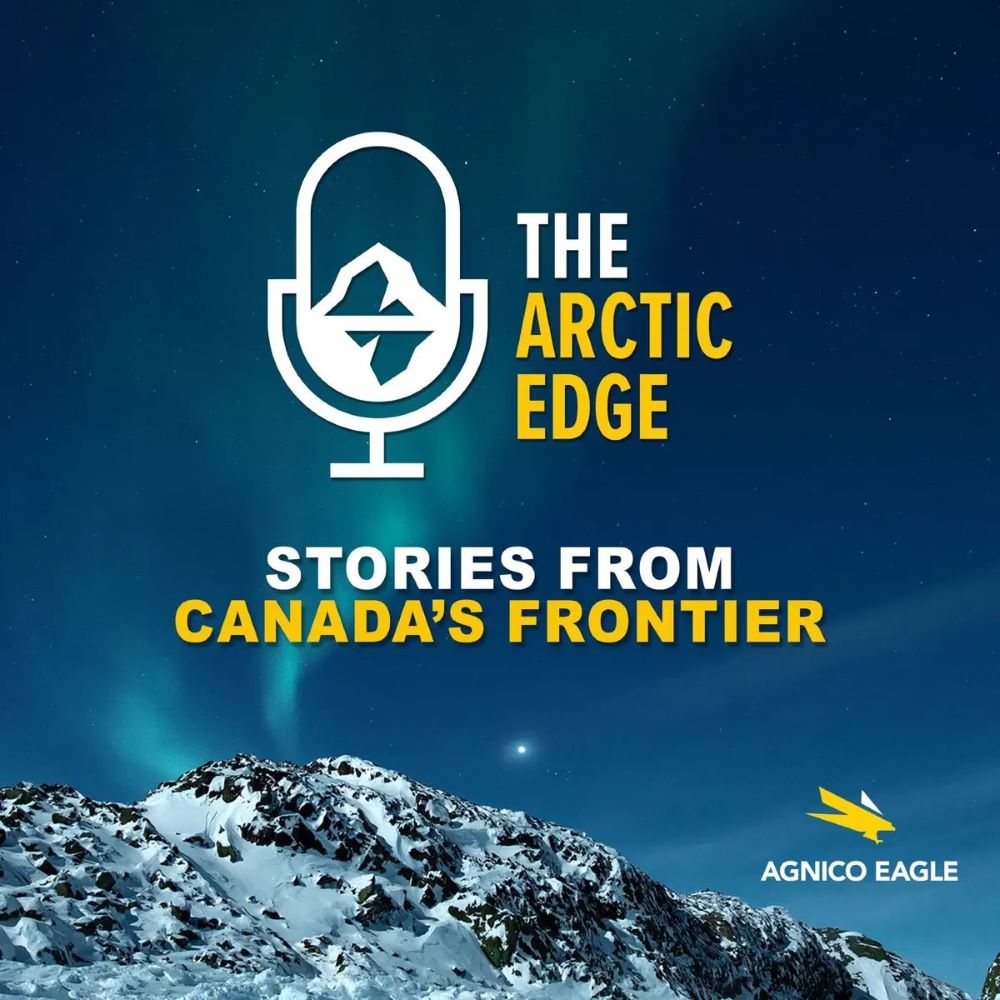Finding the Canadian potash mining workforce to feed the world

in potash production and home to the largest potash reserves in the world. Credit: Cincinnati Mine Machinery.
Canada produces nearly a third of the world’s potash supply. In 2023, the industry, centered largely in Saskatchewan, extracted about 22 million tonnes of potash, according to Natural Resources Canada. Of that production, the vast majority — 95% — was exported to markets such as the U.S., China, Brazil, and India, where it is primarily used to fertilize crops. That puts Canadian miners at the centre of a unique opportunity, and a perplexing industry-wide challenge.
Potash production is critically important for future food security as the global population continues to increase, with farmers around the world relying on potash to boost plant growth, enhance drought resistance, and improve crop yield. With the largest reserves in the world, Canada has sufficient ore to supply global farming needs for several hundred years, according to the Saskatchewan Mining Association (SMA). The challenge will be to ensure that the industry has the people it needs to replace an aging mining workforce. In 2023, roughly 20% of mining workers were aged 55 or older.
In addition, labour demand in the mining sector is expected to remain strong over the next decade, growing from 11,000 workers in 2023 to nearly 15,000 by 2034, driven by the growing global demand for Saskatchewan minerals, according to labour market analysis conducted by the SMA, in partnership with the Mining Industry Human Resource Council (MiHRC).
Highlighting the appeal of potash mining as a career
At first glance, mining should be an attractive occupational option for young people. The average salary of an individual working in potash mining is more than $113,000 a year, nearly twice that of the average Saskatchewan employee, according to the government of Saskatchewan. Additionally, potash mining is becoming increasingly more high-tech, providing challenging jobs for highly skilled STEM (science, technology, engineering, and math) and business graduates, as well as dramatically reducing the number of workers at the active mine face. Mining is, in fact, one of the safest industries in Canada, with a lost-time injury rate in 2024 of just 2.1 per one million hours worked.
Indeed, mining is held in high regard by most Saskatchewanians. In a 2024 public opinion survey conducted by the SMA, an overwhelming 96% said they believed mining is important to the province, 94% supported the mining industry, and 91% had a positive view of mining as a career choice.
However, it is a different story with younger generations, including Millennials, those classified as Generation Z, and a portion of Generation Alpha. While the benefits of a career in mining should make it highly appealing, the truth is a large percentage of young people at career fairs are not even aware mining career options exist. In fact, many young Canadians have a negative view of the industry, with two-thirds of them ranking mining as their least-preferred career choice. In a 2023 survey reported by the MiHRC, many students shared concerns that mining could limit their career options, may have less job stability, offer fewer internship positions, and lack the prestige of other career choices.
Part of that less than positive view is likely a holdover from generations of parents guiding their children away from the trades or labour and into four-year degree programs. Many young people have no knowledge of today’s mining industry. They still imagine old-fashioned mining stereotypes of a person wearing a hard hat with a pickaxe in their hand. As we seek to make mining more attractive to younger generations, it is essential that the industry work together to identify ways to positively influence preconceived notions while showcasing mining as an increasingly technical, well-compensated career that offers tremendous job stability.
Finding solutions for the future
In response to these challenges, the potash industry is taking a forward-leaning, all-hands-on-deck approach to modernize mining’s image and increase its appeal. A wide range of workforce development and diversity programs are being implemented across the industry, from mine operators and government initiatives to industry associations and non-profit organizations.
The lack of internship positions cited in the MiHRC survey, for instance, is being partially addressed through the “Gearing Up” work-integrated learning program, which provides employer subsidies to attract post-secondary students enrolled in STEM and business programs and to encourage participation by traditionally underrepresented groups. Funded by a government program, Gearing Up is intended to provide hands-on opportunities such as internship placements, structured work experience, and field placements.
The approach is not unlike the “Mining Schools Act,” currently moving through the legislative process in the U.S., which proposes to establish a grant program for the country’s mining education, to develop the future workforce needed to continue to meet soaring global demand for minerals and energy.
In addition, mine operator Nutrien, the world’s largest producer of potash, is taking the lead in developing the increasingly high-tech skills the future will require. Last year, the company pledged $15 million to Saskatchewan Polytechnic to help fund a new campus to include the Nutrien School of Mining, Manufacturing, and Engineering Technologies.
Connecting with underrepresented communities
While mining remains a traditionally male-dominated industry, rich opportunities exist for attracting people from diverse backgrounds. In 2023, women represented only 15% of the mining workforce, and another 15% were Indigenous Peoples. Since underrepresented communities are currently a minority in this environment, part of the solution is to proactively offer encouragement and provide support to ensure they feel welcome and engaged.
One non-profit organization, Women in Mining and Women in Nuclear Saskatchewan Inc. (WIM-WiN-SK), is actively engaging through programs that include mentoring and an annual conference that provides opportunities for networking and development in areas such as inclusion, STEM, empowerment, and allyship.
Similarly, Nutrien is working to support women in mining with an annual Women in Non-Traditional Environments and Roles potash (WiNTER K) employee resource group conference that brings women and allies together to focus on networking, relationship-building, allyship, and collaboration. Nutrien is also working to include Indigenous Peoples in its workforce and its supply chain through its Indigenous Content Playbook, which provides guidance on the mine operator’s approach to diversity and inclusion.
The mining industry is, proportionally, already the largest private sector employer of Indigenous Peoples in Canada, and there is a compelling success story to share. In “The Mining Story 2024,” the Mining Association of Canada (MAC) reported that the mining industry has proven an effective vehicle not just for Indigenous employment, but also for skills training and upward mobility. For example, Indigenous People in the mining workforce are increasingly pursuing formal education credentials.

Reaching students at a younger age
Historically it was sufficient to initially engage with students in grades 10 through 12 around potential career paths, but quite often now, students are formulating ideas on their career path in primary school years. That makes it essential that our industry begins to engage with these future young professionals at the primary school level, clearly communicating that mining careers are an attractive and rewarding career option.
That is part of the approach being taken at the new BHP Jansen mine in Saskatchewan, which began construction in 2021. The mine is not expected to start production until late 2026, and the company has been using that long runway to sow seeds with younger primary school students as they plan their future career paths. BHP Jansen is also projecting that the new operation will have a gender-balanced workforce, and with an estimated 20% of jobs filled by local First Nation members.
We have an appealing story to tell
The SMA is optimistic that the sector can overcome the challenges and continue to thrive. “There are over 120 careers in mining; there is something for everyone. Now is the time to invest in careers with a sustainable future,” said Pam Schwann, SMA president.
Fertilizers will continue to play an important role in feeding the world for generations to come, and that appeals to young people’s desire to make a positive difference in the world. And, by emphasizing being located in Saskatchewan, mining careers provide advantages that other careers do not, including higher pay scales, a low cost of living, a more relaxed lifestyle, family friendly environment with smaller class sizes that are conducive to learning, and plentiful outdoor opportunities, the industry builds a compelling career case opportunity. Add in exceptional career stability and significantly-higher-than-average salaries, and the potash industry provides a sense of purpose that few careers can match. 
Scott Bahr is president and CEO of Bit Service Co., a distributor of Cincinnati Mine Machinery Co. He leverages over two decades of expertise in the Canadian underground mining industry to advance the ever-evolving industry.





Comments